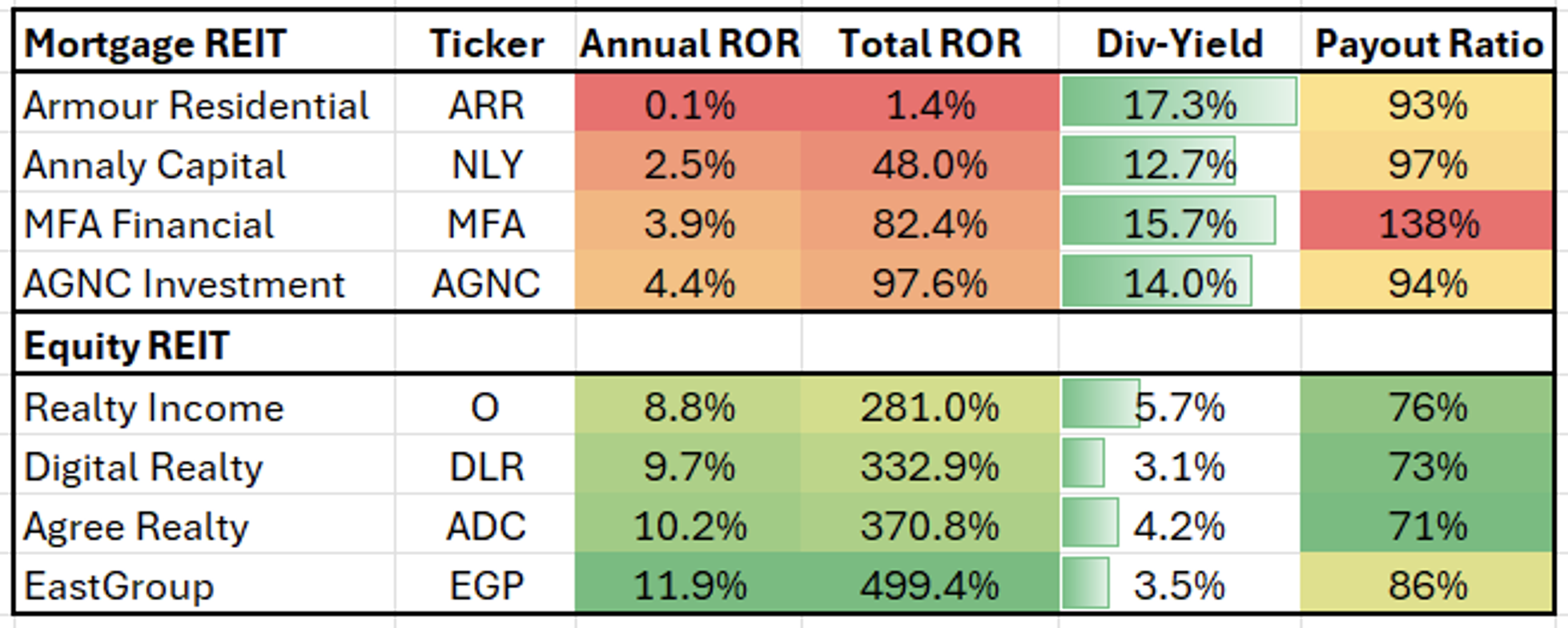Around a decade ago, I was asked to be the keynote speaker at an AAII (American Association of Investors) conference in Houston, Texas.
My oldest daughter, who was a freshman at the University of North Carolina – and is now the lead deals reporter at The Wall Street Journal – went with me for moral support.
We sat in the back of the room while other speakers gave their presentations. It quickly became clear that most of them and their audiences were market timers. There was plenty of talk about candlesticks, trend lines, and the Elliott Wave Theory.
After a while, I turned to my daughter and whispered, “I think we’re at the wrong conference.”
I had to quickly modify my speech, recognizing that many – or most – of the audience had no knowledge of fundamental analysis. They needed a re-education, really.
When it was my turn, I explained how:
Many people believe the fastest way to the highest returns is by short-term trades that are accurately timed. However, that’s just a myth; there’s no way to accurately and consistently time short-term market movements…
It’s much better to be in the market, invest in value stocks that offer the highest potential returns, than to play the timing game.
I asked the audience to consider two investment “planes,” both traveling from Miami to Los Angeles.
The first plane is a flashy jet that travels at incredible speeds, but it has several stops along the way, flying first to New York City, then to Chicago, then Portland, and so on.
Its passengers recognize it will be a bumpier ride, but they’re excited, nonetheless. After all, it’s an “exciting” ride.
Meanwhile, flight No. 2 is a tried-but-true Boeing passenger plane. It’s slower and less exciting, but it has a direct flight from Florida to California.
The people on this plane all have comfortable seats, so they can relax until they get to their final destination.
When the passengers on the first plane finally disembark, they’re exceptionally nauseous, their nerves are fried from so much stopping and starting.
The second set of passengers, however, are much more relaxed upon arrival, with a very different experience to relay.
I asked the audience which flight they would prefer.
The choice was obvious.
And yet, too many of us opt for the exciting, but nauseating, option when it comes to our own investments.
As I reiterated on X over the weekend:
Source: X (@rbradthomas)
Not only is the direct flight more comfortable, it’s also better for your portfolio…
Total Returns from the ‘Direct Flight’
In the context of real estate investment trusts (“REITs”), flight No. 1 is usually companies with exciting, high-dividend yields that grab investors’ attention.
A few that might qualify would be:
-
Armour Residential (ARR) with its 17.3% dividend yield
-
Annaly Capital Management (NLY) at 12.7%
-
MFA Financial (MFA) at 15.7%
-
AGNC Investment (AGNC) at 14.0%
Meanwhile, the boring old jetliner for flight No. 2 would be represented by the slow-but-steady blue chips we profile in these pages.
Among them are:
-
Realty Income (O), with its 5.7% dividend yield
-
Digital Realty Trust (DLR) at 3.1%
-
Agree Realty (ADC) at 4.2%
-
EastGroup Properties (EGP) at 3.5%
This is how the two investment “planes” performed from January 1, 2010 through November 21, 2025:
-
Plane 1 brought in a 57% total return.
-
Plane 2 brought in a 371% total return.
[Note: Below, “ROR” stands for “rate of return.”]
Source: Wide Moat Research (Total ROR calculated from 1-1-10 through 11-21-25)
It’s hard to argue with figures like that.
My audience during that conference certainly couldn’t. They ended up giving me a standing ovation. I hope what I said stuck. If it did, I imagine they’re now very well-placed retirees and pre-retirees.
The moral of the story: When it comes to air travel and your investment portfolio… take the direct flight.
Regards,
Brad Thomas
Editor, Wide Moat Daily
|



